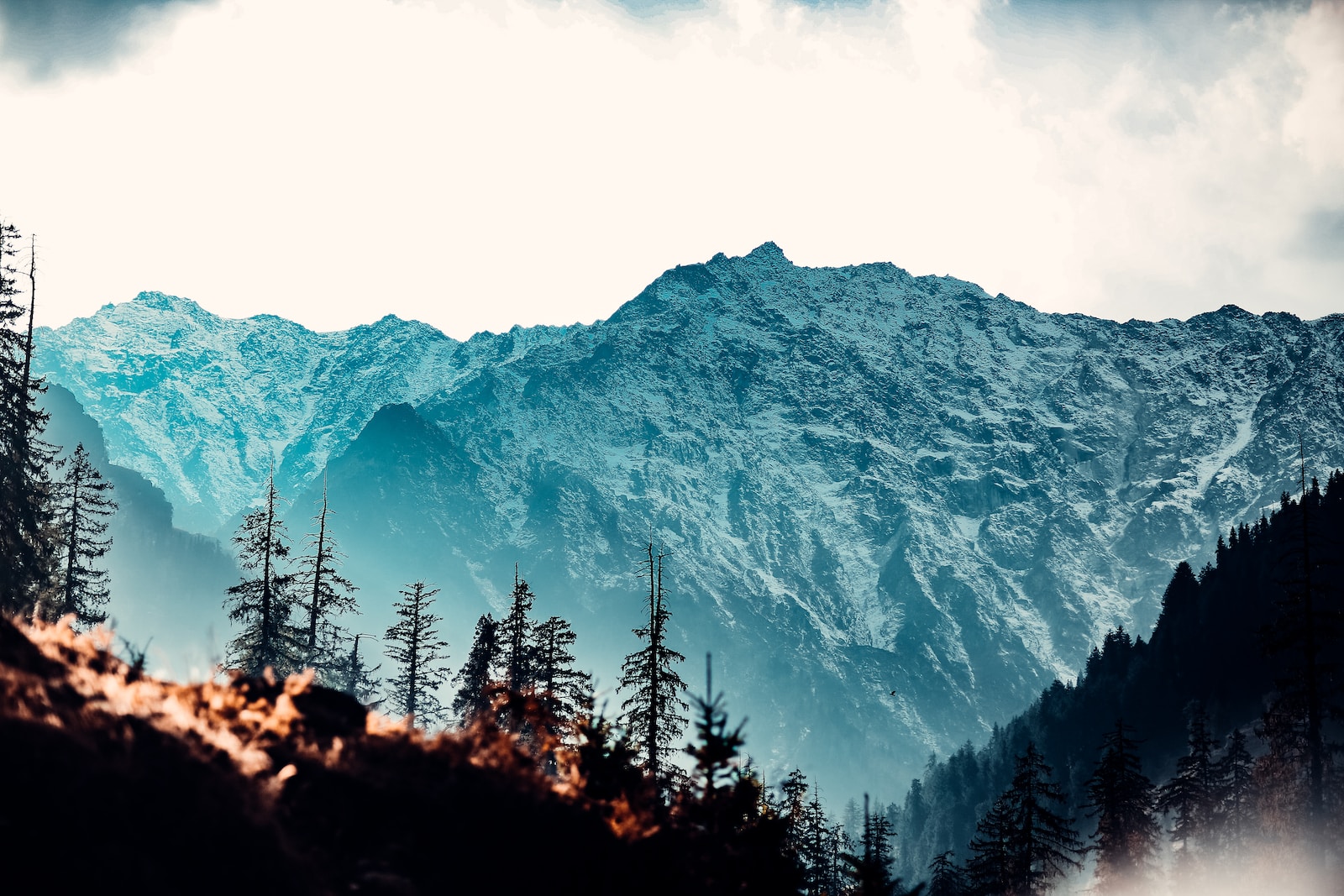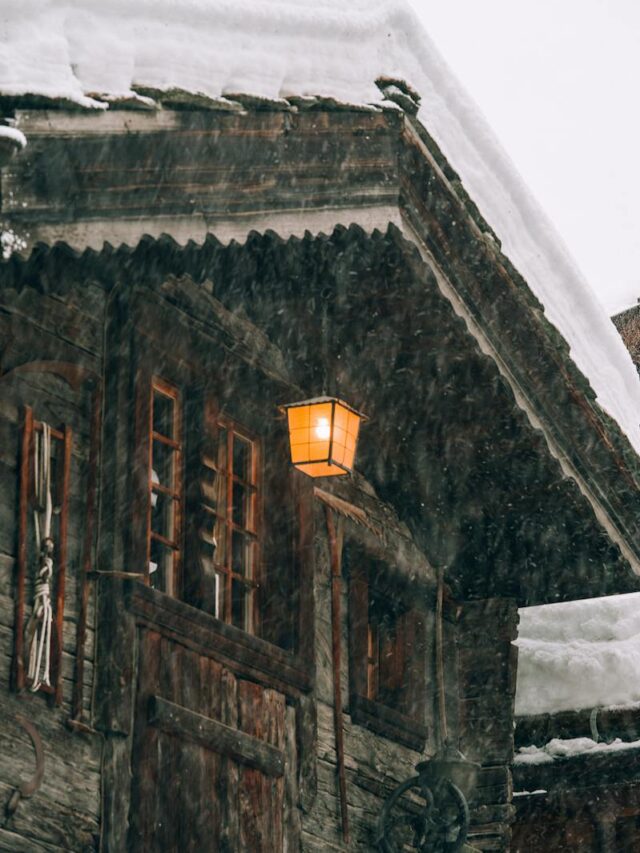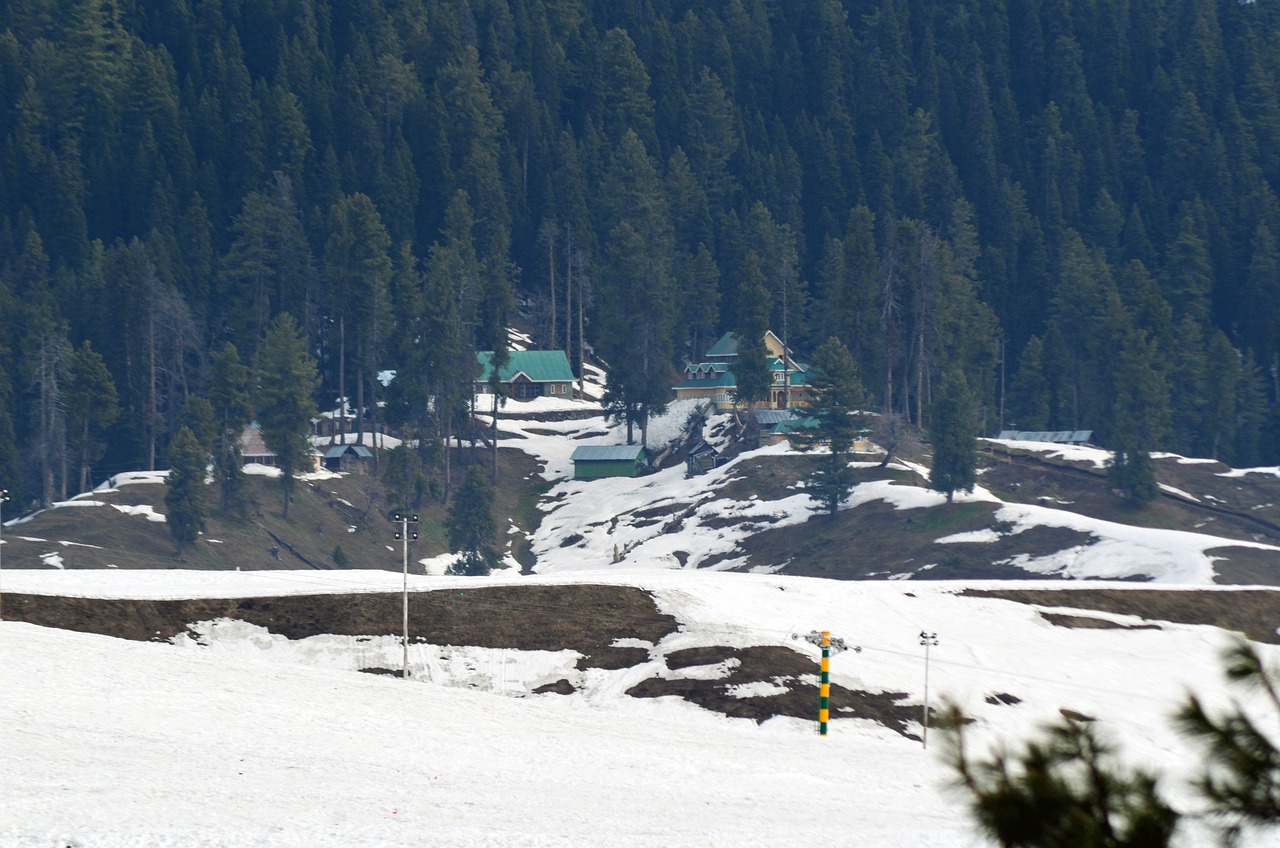|
Getting your Trinity Audio player ready...
|
Awash with sublime beauty, bordering ethereal terrains, Kashmir valley, known as the ‘paradise on earth’, is an amalgamation of panoramic landscapes and climatic diversity. Traversing the length and breadth of this region, one encounters a plethora of weather patterns that set the rhythm of local life while enveloping the valley in an ever-changing aura of mystique. Our discourse delves into the understanding of this climatic orchestra, taking readers on a meteorological journey across the lush valleys, rugged terrains, mesmerizing lakes, and snow-clad expanses of Kashmir.
Climate Variations Across Kashmir
Kashmir: A Region of Diverse Climate Variations
Kashmir, popularly known as the ‘Paradise on Earth,’ is known for its diverse climatic variations. Enclosed by the Great Himalayas and the Pir Panjal Range, Kashmir’s weather is a subject to drastic fluctuations, depending upon the altitude and the season.
Seasonal Variations in Kashmir
Traditionally, the region experiences four distinct seasons. The summer (June to August) is characterized by mild and temperate weather, with average temperatures ranging between 20°C and 30°C (68°F – 86°F). It is considered the best time for tourists to enjoy the scenic beauty of the valley.
The region begins transitioning into autumn in September, witnessing a mix of warm and cool weather. The Chinar tree (maple tree) changing colors from green to crimson presents an enchanting sight throughout the valley.
Winters in Kashmir run from late November to February, and are extremely cold, with temperatures often dropping below freezing point. The Kashmir Valley and parts of the Jammu region usually receive heavy snowfall during this time, resulting in road blockages and a slowdown of daily life.
Finally, spring (March to early May) paints Kashmir in vibrant colors, with flowers blossoming and temperatures hovering between 15°C and 25°C (59°F – 77°F).
Average Temperature Ranges in Different Regions of Kashmir
In the Kashmir Valley, which includes places like Srinagar, Gulmarg, and Pahalgam, winters can witness temperatures plunging to as low as -2°C (28.4°F) while summers are pleasant with maximum temperatures rarely going beyond 30°C.
On the other hand, Jammu, situated on the Shivalik Range of the Himalayas, experiences a subtropical climate. Summers can be scorching with temperatures reaching up to 40°C (104°F), while winters may drop to a minimum of 4°C (39.2°F).
Leh-Ladakh region, being the highest plateau, operates on an entirely different weather framework. Summers are short and mildly warm with temperatures hovering around 20°C (68°F), while the winters are extremely harsh, with temperatures dropping as low as -20°C (-4°F).
Impact of Global Warming on Kashmir’s Weather
The impact of global warming is also visible on Kashmir’s weather pattern. Rising temperatures have declawed the severity of winters over the years. Decreased snowfall and extended summers are becoming increasingly common, affecting the regular weather cycle and disrupting the region’s fragile ecosystem.
In considering the weather of Kashmir, one must note that its variance is as striking as the region’s scenic grandeur. Unpredictable and diverse, the climate vacillates between icy winters and mild summers. The weather is not only dramatically impacted by the transition of seasons but each distinct region also bears its unique weather conditions. Adding to this complexity, global warming introduces a new vulnerability, disturbing the traditional weather patterns and consequently affecting the environmental balance of the region.

Weather Patterns and Seasons
Climate Variations in Kashmir
Located in Northern India, Kashmir experiences a diverse spectrum of weather due to its unique geographical position. The climate here is characterized by its unexpected shifts, fostering a remarkable diversity in weather patterns in this area.
Harsh Winters
The winters in Kashmir are typically harsh and severe, starting from late November and lasting until March. Temperatures often plunge far below freezing, especially during December and January, making it one of the coldest regions in the Indian subcontinent. Despite the stern conditions, the winter skyscapes can be impressively clear and athereal.
During this time, heavy snowfall is common in many parts of the region, blanketing the landscape in a sheet of white. This heavy snowfall often leads to the closure of roads, particularly the Jammu-Srinagar highway which is prone to avalanches and landslides. On the other hand, the snow-covered scenery offers incredible vistas for the locals and tourists, and the snow is vital for the region’s water supply as it slowly melts during the spring and summer months, providing water for both residential and agricultural uses.
Mild Spring and Autumn
Following the harsh winter months, Kashmir witnesses a mild and pleasant spring season from late March to May. During this period, the melting of the snow-laden landscape initiates a burst of vibrant flora across the region, creating picturesque scenery. The average temperature lies between 15 to 20 degrees Celsius, fostering the blooming of vast fields of flowers, like tulips, cherries, and daffodils.
Autumn, roughly from September to November, is similar in temperature to spring. This season is marked by the gradual transition of greenery to a golden-brown hue, as trees shed their leaves and prepare for the approaching winter. The climate remains relatively mild and pleasant.
Serene Summers
Kashmir summers, from June to August, are serene and temperate, with average temperatures hovering around 20-30 degrees Celsius. These months provide a respite from the scorching heat experienced in several other parts of India.
Refreshing sporadic bouts of rainfall are also typical during the summer, keeping the region’s climate pleasant. The summer season in Kashmir attracts tourists from across the country and the globe, looking to escape the high temperatures prevalent in their homeland.
Kashmir, consequently, does not have a typical monsoon season like the rest of India. It witnesses only about 15% of its annual rainfall during the monsoon months of June, July, and August as the entire region is located in a rain-shadow area.
Concluding on the climatic aspects of Kashmir, it is notable that this region experiences significant shifts in weather from one season to the next. Each season showcases a unique aspect of its beauty and presents its own set of challenges. From the biting chill of the winters to the gentle coolness of the summers, weather in Kashmir is not just a climatic feature but also a vital element of its enthralling aesthetics and beguiling charm.
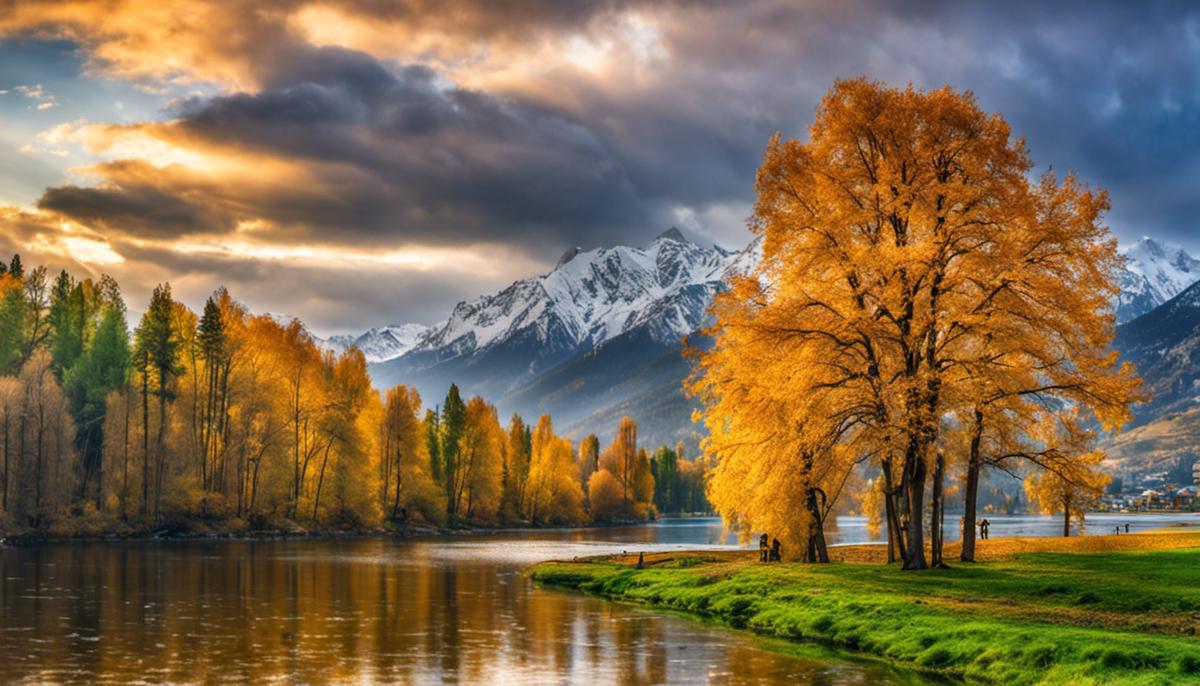
Effect of Weather on Tourism and Lifestyle
Shifting our focus towards the impact of weather on tourism in Kashmir, it’s worth highlighting that the idyllic locale often referred to as ‘Heaven on Earth,’ owes a significant part of its appeal to its distinct seasonal changes. The weather in Kashmir gradually transits through four seasons – Spring, Summer, Autumn, and Winter, each proffering a unique spectacle for the onlookers. Spring endows the valley with a radiant charm as lush green expanses come alive. Summer brings with it, a panorama of blooming flowers. Autumn casts a mesmerizing spell with the Chinar leaves creating an illusionary feel while the Winter cloaks the valley under magical snowfall. Each season brings along its own enchantments for tourists, encompassing sight-seeing in Spring, adventure sports and trekking in Summer and Autumn, and snowfall and winter activities in Winter. Tourists can choose to visit during Spring (March-May); if sight-seeing is the primary goal, May to September if trekking and outdoor sports are favored, and between December and February to enjoy snowfall and skiing. It’s important to note that the winter months could entail harsh weather conditions interrupting travel and resulting in a dip in tourist influx.
Adaptation of locals to Kashmir Weather
The changing weather in Kashmir greatly influences the lifestyle of its residents. Locals adapt to different seasons in various ways. During winters, with temperatures dropping to sub-zero levels, Kashmiris rely heavily on the effective traditional heating system known as ‘Kangri’, a portable earthen pot filled with hot embers. ‘Pheran’, a long woolen cloak, is a popular winter garment used to shield against the chilly weather. In terms of food, they switch to a winter-friendly diet, consuming more of dried vegetables, pulses, and meats. Spring, Summer, and Autumn, on the other hand, are times of agricultural activity, celebrating cultural fairs, and engaging in the handcraft industry.
Influence of Weather on Kashmir’s Culture and Traditions
Kashmir’s weather has a profound influence on the local culture and traditions of its people. The change of seasons is often marked by local festivals such as ‘Baisakhi’ at the arrival of Spring and ‘Charisharief Urs’ during the Summer. Winter, despite being a challenging season, is characteristic of celebrating the ‘Snow Festival’, welcoming the first snowfall with great fervor. Even the local cuisine is heavily influenced by the changing weather, making it an inherent part of the Kashmiri lifestyle. Wazwan, the renowned 36-course meal in Kashmir, witnesses an inculcation of warm, hearty dishes like ‘Rogan Josh’ and ‘Yakhni’ in winters, and lighter fare like ‘Shufta’ and ‘Phirni’ in summers.
Therefore, the dynamic weather cycle not only structures the tourism experience but also embodies the essence of Kashmir’s lifestyle, culture and traditions. It creates a blend of challenges and opportunities, shaping the life in Kashmir in a unique and charismatic way.
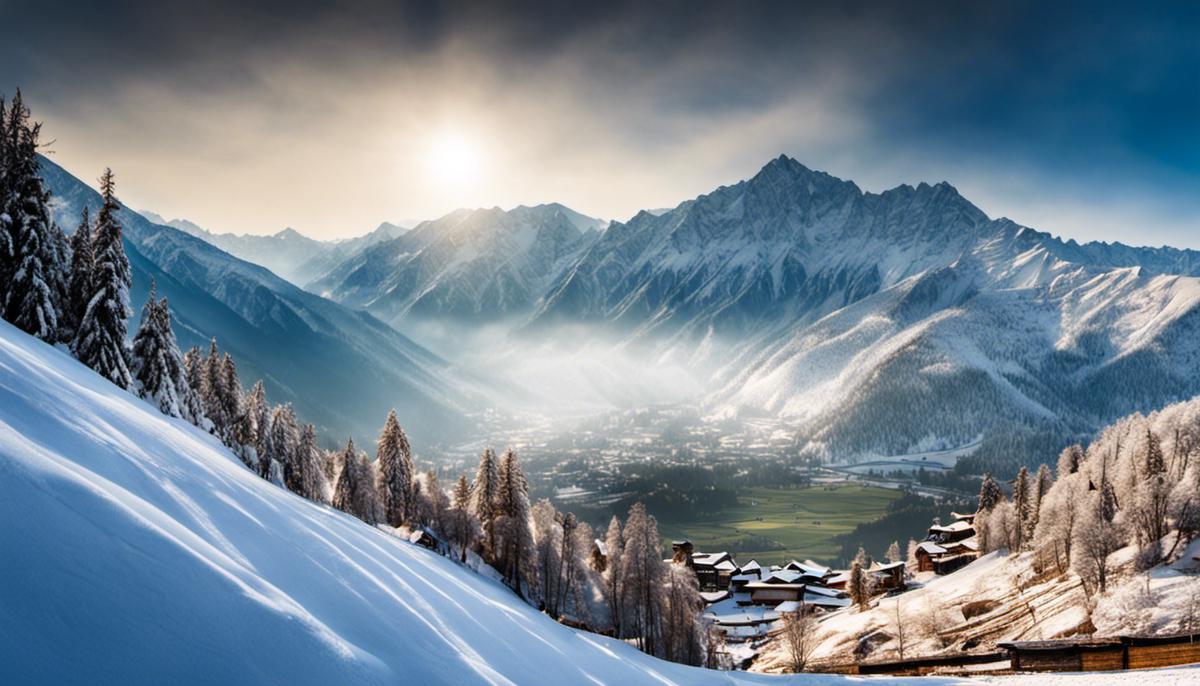
Dwarfed by mighty peaks, and cradled by verdant valleys, the resplendent beauty of Kashmir is a sight to behold. But beyond the eye’s reach, the true essence of this ‘paradise on earth’ lies in the harmony between its people and the rhythm of weather patterns. As the seasons paint the valley in hues of their own, from gleaming whites to viridian green, Kashmir continues to be the cynosure of tourists and nature lovers alike. Unveiling the idiosyncrasies of weather in Kashmir and its profound impact on the local culture and tourism is akin to peeling back the layers of this heaven, unveiling its soul. It’s not just the peaks, valleys or lakes that define Kashmir; it’s the weather, its allure lies in the changing moods of sky.
Writio – Unleash the power of AI writing! Your go-to AI content writer for websites and blogs. This article was effortlessly created by Writio.









